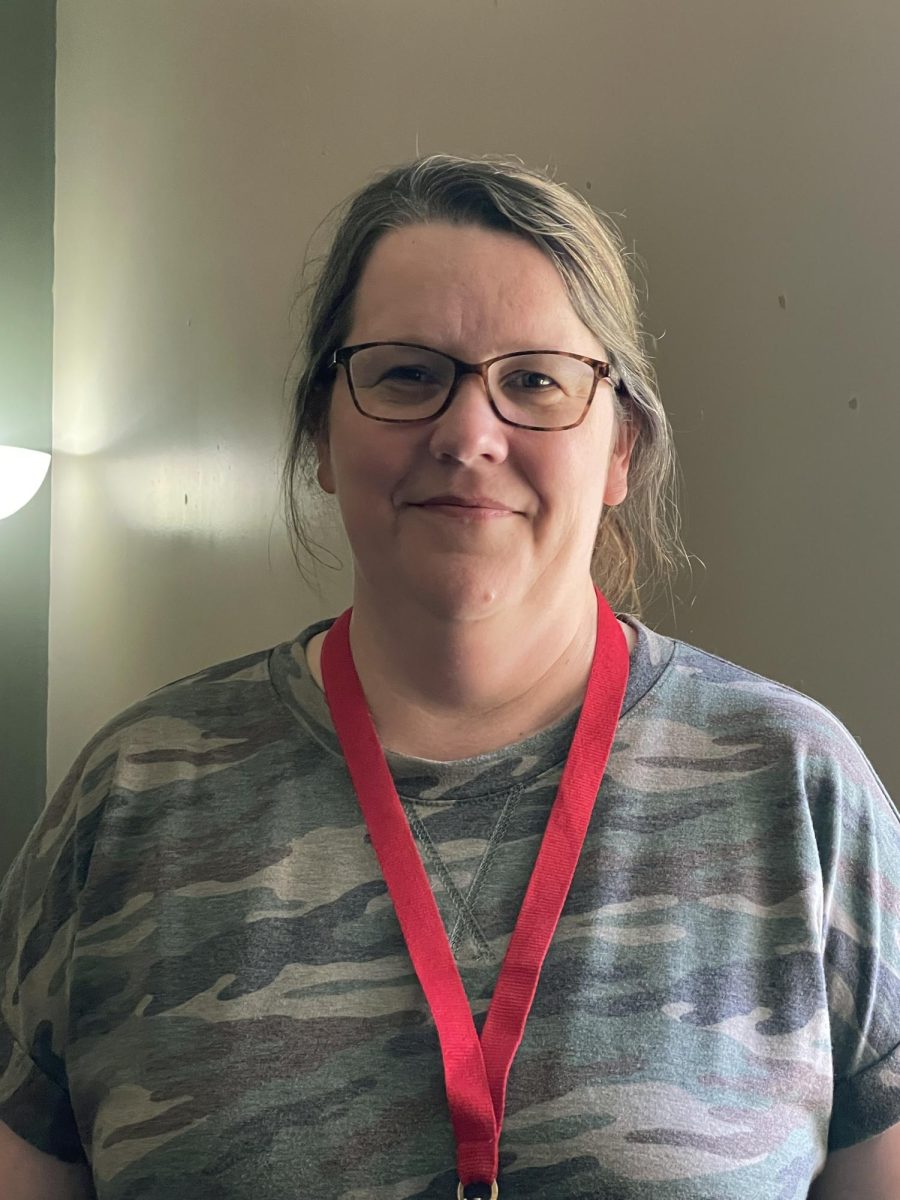The Benefit of Breaks
Brain breaks are crucial in order to maintain a strong stream of work effort
“When it warms up in the spring, I love to go outside with [my students],” fourth-grade teacher, Beth Sandbothe said.
April 18, 2023
Brain breaks are the centerpiece of avoiding exhaustion and burnout. As summer days approach, students and teachers at the high school are ready for the extended break, but brain breaks can happen throughout the year. Beth Sandbothe, a fourth-grade teacher at High Pointe Elementary, incorporates brain breaks into the school day.
“Brain breaks [are intended to] break up work time [and] give your brain a quick break from whatever activity you’re doing,” Sandbothe said. “If [students] sit in one place and just keep doing the same thing for a long period of time, they tend to zone out. By getting up, moving around and switching activities it helps [them] to refocus.”
William (Liam) Brown is a fourth-grade student at High Pointe Elementary. Brown said he enjoys the rest from work when his class takes brain breaks.
“I like hanging out with my friends and getting a chance to talk to them,” Brown said. “When we’re working, we can’t talk [to each other]. I can play some fun games [and] I get to get a break from the hard [work] that we’re doing.”
Sandbothe sometimes needs to rest too, often participating in the brain break with her students.
“Teachers answer thousands of questions a day,” Sandbothe said. “My brain is constantly working. Whenever [my students] do a brain break, I’ll do [it] with them. We dance, play games, tell jokes and do all sorts of things. Sometimes we even do quiet things, like yoga, if we need to calm down a bit.”
Sarah Mancusi is a second-grade teacher at Matthews Elementary. She said brain breaks can spark interesting questions.
“Sometimes it’s just as simple as watching a [relaxing video],” Mancusi said. “We love the Lego stop [motion] animation — the food cooking ones. It’s a different type of brain break where they’re not up and running around. It’s just a super quiet and calming activity. There are some interesting conversations that happen after that, where [students] ask how they did that or how long it took to make the video.”
Josh Holland, licensed therapist at Beyond Healing Center in Springfield, gives his personal experiences with digital brain breaks.
“I’ve been trying to do [brain breaks] more,” Holland said. “Some of the ways that I try to take brain breaks tend to be more of the digital methods — phone or video games. [However], I find that I don’t allow myself time to relax because some of those things tend to make me more excited or anxious or activated.”
Holland said that even human connection could be a good break from work activity.
“We find relaxation through connection,” Holland said. “Meditation or forms of connection can increase the part of your brain that is involved in feeling more connected with other people and feeling more relaxed. It’s really helpful for us to take the brain breaks because if we don’t, we sometimes prime our body and our brain to be more reactive to our environment.”
Sandbothe said brain breaks help her classroom feel close and connected.
“Brain breaks are really good [class] builders,” Sandbothe said. “In my classroom, we really try to be like a family. These brain breaks are an opportunity to get to know each other, play around and to build our classroom family.”
Holland suggests connecting with someone close if need be.
“If you start doing these brain breaks and notice overwhelming feelings or overwhelming thoughts–talking to someone or seeking out help or connection is a way to help with that,” Holland said. “If you’re using distracting coping strategies and you notice you start to relax more, things can come up that you might need some more support for.”




!["When it warms up in the spring, I love to go outside with [my students]," fourth-grade teacher, Beth Sandbothe said.](https://nixajournalism.net/wp-content/uploads/2023/04/brain-breaks-edited-photo-900x600.jpg)


